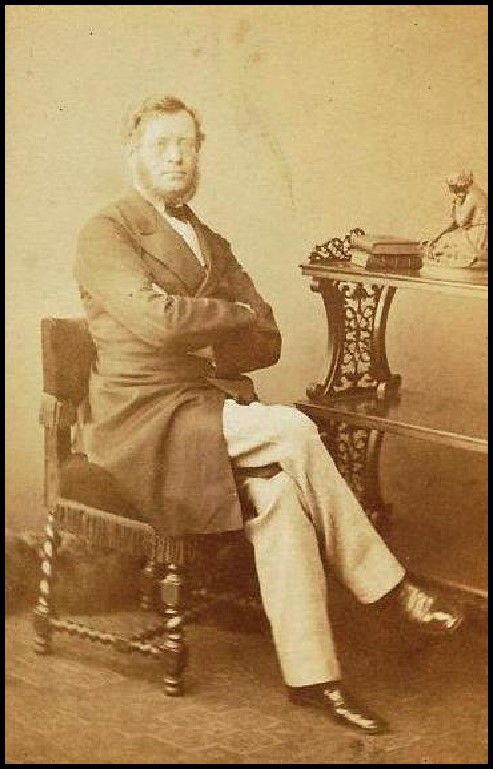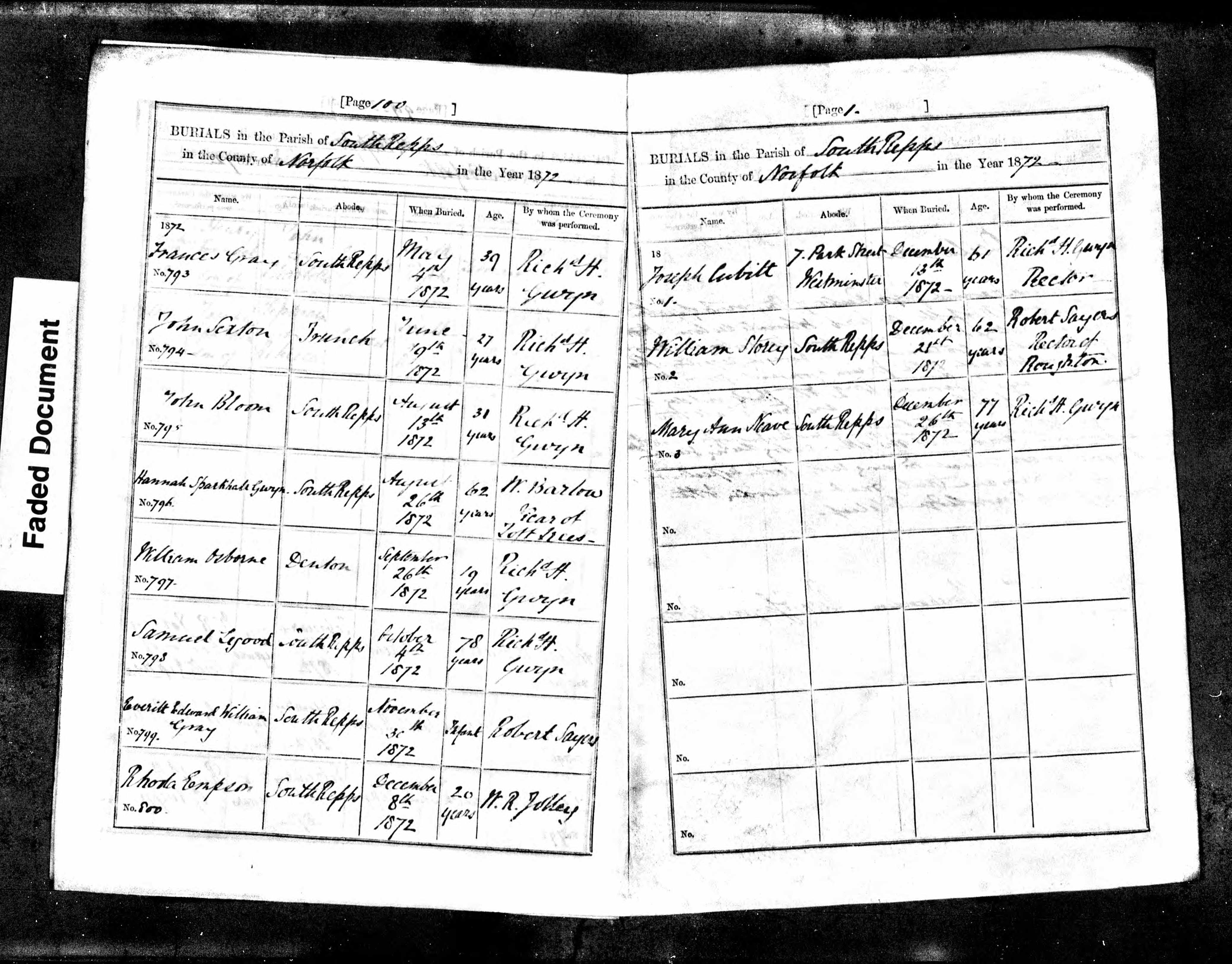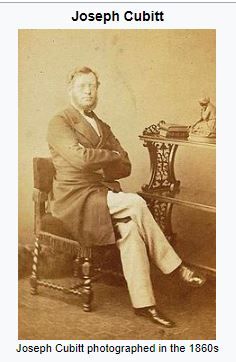Joseph Cubitt was a distinguished English civil engineer whose contributions to railway and bridge engineering remain significant. He was the son of Sir William Cubitt, a notable engineer himself, and Abigail Sparkhall. After his mother's passing, his father remarried, providing Joseph with a half-brother, William. Educated at Bruce Castle School in Tottenham, Joseph was trained by his father in the profession of civil engineering, a field in which he would excel and leave a lasting legacy.
Cubitt's career was marked by his work on several major railway projects, including the London and South-Western Railway, the Great Northern Railway, and the London, Chatham, and Dover Railway. His expertise was not limited to railways; he also designed the Blackfriars Railway Bridge over the River Thames in London, showcasing his versatility and engineering prowess. His work extended to the Rhymney Railway, the Oswestry and Newtown Railway, and the Colne Valley Railway, reflecting the breadth of his impact on the UK's transportation infrastructure.
Appointed as the engineer to the Oswestry & Newtown Railway on the 3rd October 1856, Cubitt's role in the development of the railway network during the Industrial Revolution was pivotal. He was responsible for the construction of Weymouth Pier and the extension of the north pier at Great Yarmouth Haven, further demonstrating his skill in designing structures that would stand the test of time.
Beyond his engineering feats, Joseph Cubitt was a member of the Royal Geographical Society and served as vice president of the Institution of Civil Engineers for many years. His commitment to the field was also evident in his military service as a lieutenant-colonel of the Engineer and Railway Staff volunteers, highlighting his dedication to both his country and his profession.
Joseph Cubitt's personal life saw him marry Ellen Moore in 1842, with whom he had children, including Mary Grace Cubitt, Alice Kate Cubitt, and William Cubitt. His family life, though private, was undoubtedly a source of support in his demanding career. Cubitt's death on the 7th December 1872, in St. George Hanover Square, London, marked the end of an era for British civil engineering, but his legacy continues to influence the field to this day.
His contributions to the infrastructure of the United Kingdom during a time of great industrial change cannot be overstated. The railways and bridges he designed not only facilitated the movement of people and goods across the country but also symbolised the technological advancements of the age. Joseph Cubitt's work remains a testament to the ingenuity and foresight of engineers who shaped the world during the Industrial Revolution.
For those interested in exploring the life and works of Joseph Cubitt further, his biography on Wikipedia provides a comprehensive overview of his achievements and the historical context in which he worked. Additionally, his genealogical profile on WikiTree offers insights into his ancestry and family connections. His enduring influence on civil engineering is also documented in various educational resources, ensuring that his contributions are remembered and studied by future generations.
--------------------
Burial: 13 Dec 1872
Joseph Cubitt was a distinguished English civil engineer whose contributions to railway and bridge engineering remain significant. He was the son of Sir William Cubitt, a notable engineer himself, and Abigail Sparkhall. After his mother's passing, his father remarried, providing Joseph with a half-brother, William. Educated at Bruce Castle School in Tottenham, Joseph was trained by his father in the profession of civil engineering, a field in which he would excel and leave a lasting legacy.
Cubitt's career was marked by his work on several major railway projects, including the London and South-Western Railway, the Great Northern Railway, and the London, Chatham, and Dover Railway. His expertise was not limited to railways; he also designed the Blackfriars Railway Bridge over the River Thames in London, showcasing his versatility and engineering prowess. His work extended to the Rhymney Railway, the Oswestry and Newtown Railway, and the Colne Valley Railway, reflecting the breadth of his impact on the UK's transportation infrastructure.
Appointed as the engineer to the Oswestry & Newtown Railway on the 3rd October 1856, Cubitt's role in the development of the railway network during the Industrial Revolution was pivotal. He was responsible for the construction of Weymouth Pier and the extension of the north pier at Great Yarmouth Haven, further demonstrating his skill in designing structures that would stand the test of time.
Beyond his engineering feats, Joseph Cubitt was a member of the Royal Geographical Society and served as vice president of the Institution of Civil Engineers for many years. His commitment to the field was also evident in his military service as a lieutenant-colonel of the Engineer and Railway Staff volunteers, highlighting his dedication to both his country and his profession.
Joseph Cubitt's personal life saw him marry Ellen Moore in 1842, with whom he had children, including Mary Grace Cubitt, Alice Kate Cubitt, and William Cubitt. His family life, though private, was undoubtedly a source of support in his demanding career. Cubitt's death on the 7th December 1872, in St. George Hanover Square, London, marked the end of an era for British civil engineering, but his legacy continues to influence the field to this day.
His contributions to the infrastructure of the United Kingdom during a time of great industrial change cannot be overstated. The railways and bridges he designed not only facilitated the movement of people and goods across the country but also symbolised the technological advancements of the age. Joseph Cubitt's work remains a testament to the ingenuity and foresight of engineers who shaped the world during the Industrial Revolution.
For those interested in exploring the life and works of Joseph Cubitt further, his biography on Wikipedia provides a comprehensive overview of his achievements and the historical context in which he worked. Additionally, his genealogical profile on WikiTree offers insights into his ancestry and family connections. His enduring influence on civil engineering is also documented in various educational resources, ensuring that his contributions are remembered and studied by future generations.
--------------------
Burial: 13 Dec 1872
Family Members
Advertisement
Explore more
Sponsored by Ancestry
Advertisement








